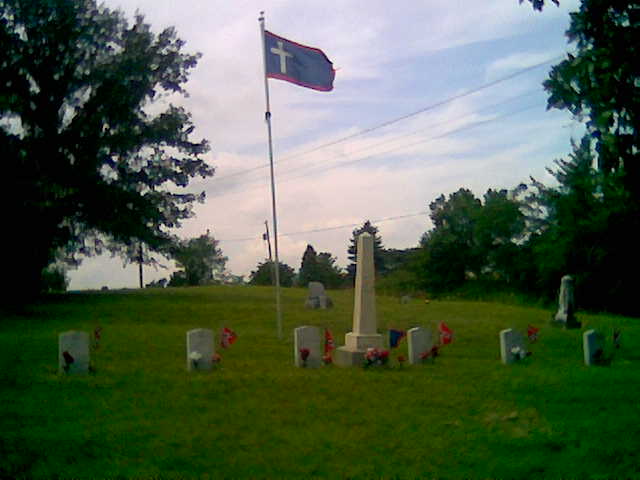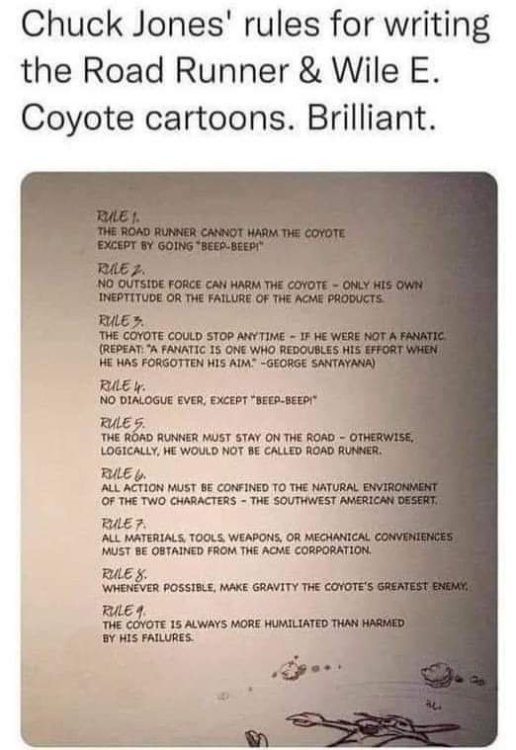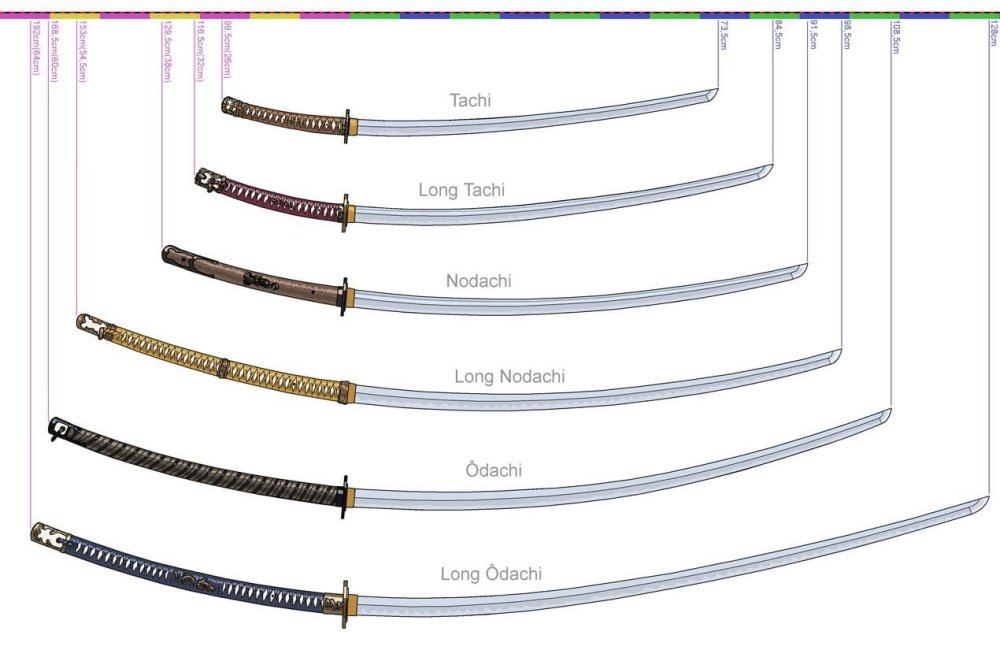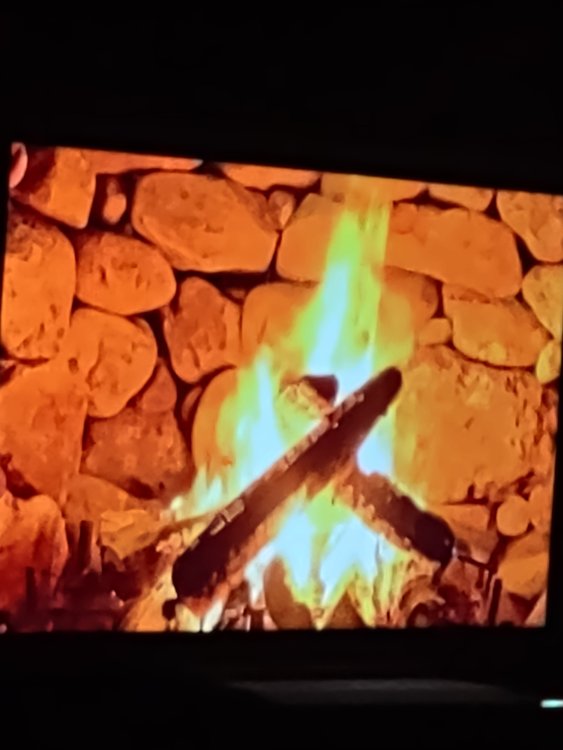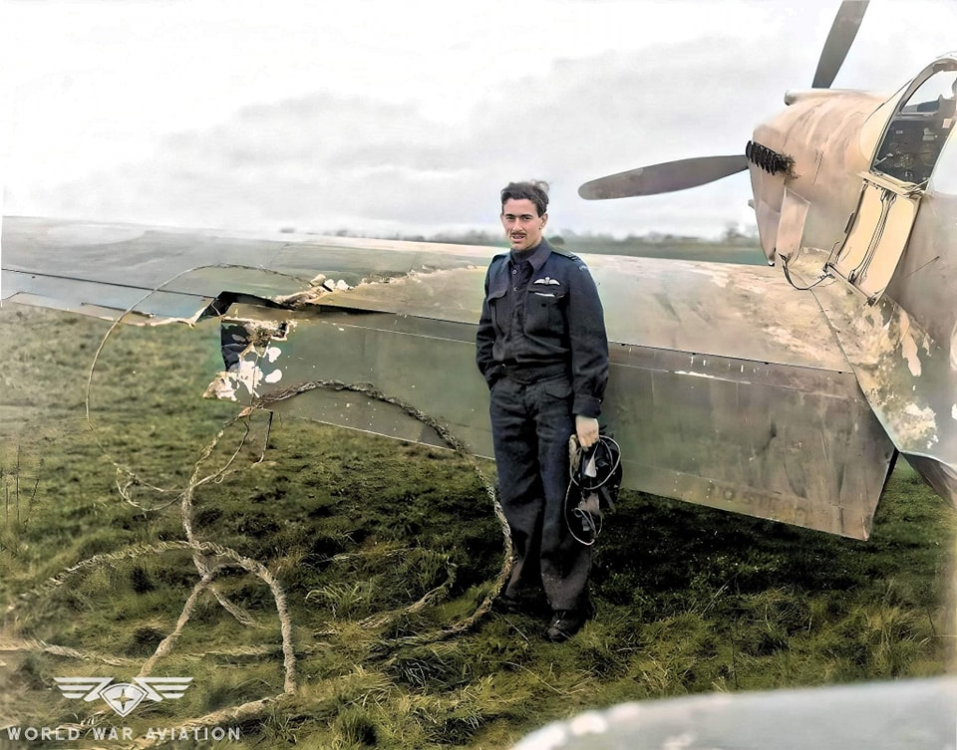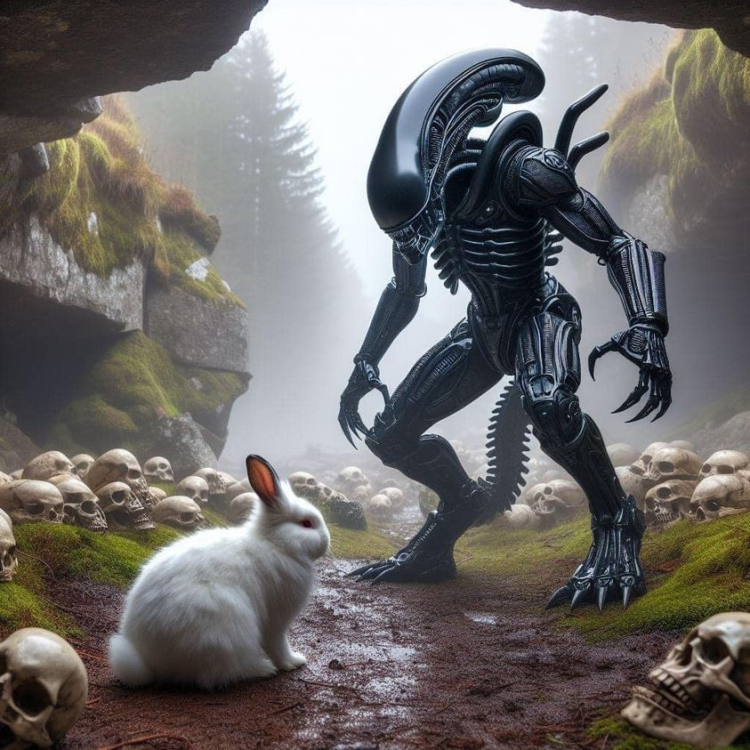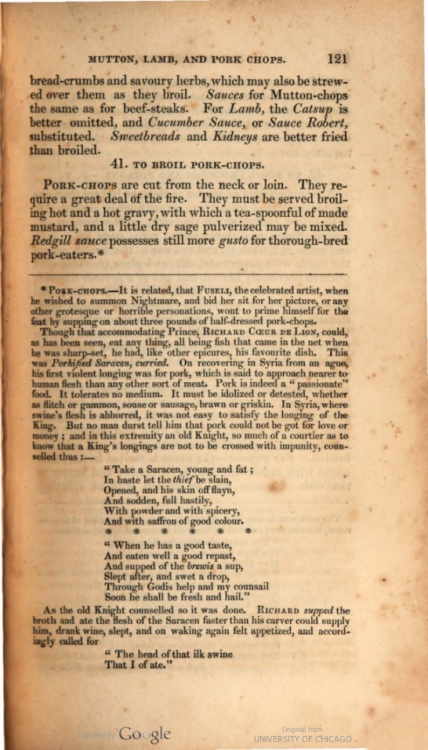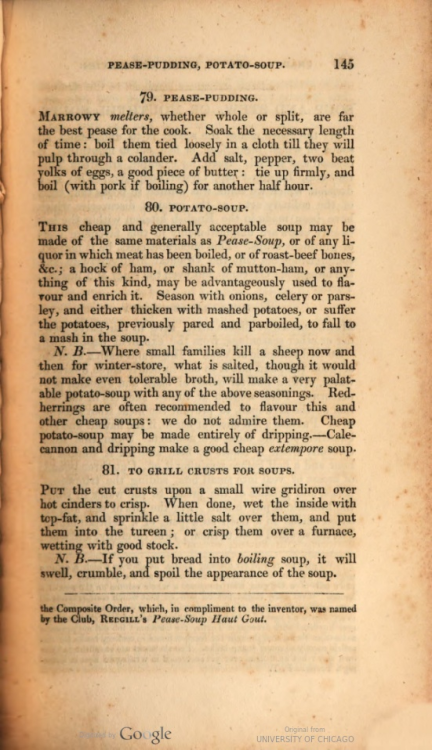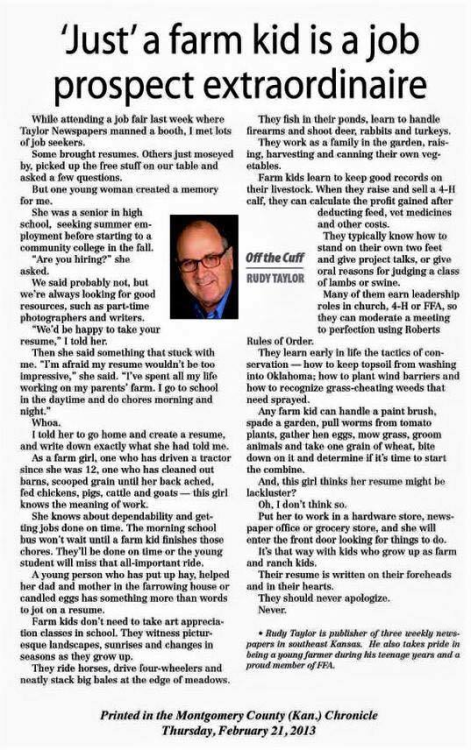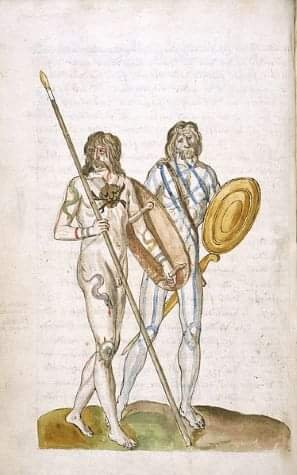-
Posts
47,465 -
Joined
-
Last visited
-
Days Won
593
Content Type
Profiles
Forums
Events
Everything posted by Subdeacon Joe
-
https://www.cityam.com/coca-cola-hbc-faces-questions-over-russia-operations/ https://www.coca-colahellenic.com/en/media/news/corporate_news/2022/an-update-on-our-russian-operations
-
I'll par-cook in a heavily seasoned broth before putting them on the grill or in the broiler.
-
-
Same here...the Japanese do seem to be obsessively obsessed about obsessing about sword nomenclature. Every tiny difference obviously means it's obviously a different type of sword. Obviously.
-
-
In western usage the terminology gets muddy and the terms are interchangeable. Technically an odachi is longer than a nodachi.
-
My wife has one of the YouTube fireplace videos running on the television. That front log looks like the gun tube on the Gonzalez Flag.
-
A fair amount of the looniness came from out of state, carpetbaggers moving in and bringing in their Eastern Seaboard sensibilities.
-
World War Aviation Suggested for you · · Mustang MK1 flown by Lt Jack Taylor of the RCAF hit a power line and brought back 62 feet of it wrapped around his wing.. luckily not sheering his wing off.
-
EDIT: It seems that something has changed on FB and links to photos expire after a day or two. From now on I'll try to save the photos to phone or desktop, then post the photo. National Canal Museum Suggested for you · · Asa Packer was born on December 29 1805, in Mystic, Connecticut. His family’s poverty limited his formal education. In 1822, he walked more than 200 miles to a cousin’s home in Pennsylvania to apprentice as a carpenter. Eleven years later and still so poor he travelled by foot, Packer arrived in Mauch Chunk and leased a canalboat from the Lehigh Coal & Navigation (LCN) Company. Income from his first boat season let Packer lease a second boat, then he opened a general store and boatyard and built a fleet of canal boats. In 1837, Packer built some of the massive locks in the LCN’s Upper Grand section, which cemented his fortune and his standing in the community and the anthracite industry. In 1851, Packer bought controlling interest in a floundering railroad, renamed and built it. By 1855, the Lehigh Valley Railroad (LVRR) connected the coal docks at Mauch Chunk with Easton, and Packer was on his way to becoming the wealthiest man in Pennsylvania. Though still firmly in charge of the railroad, Packer’s later years were dedicated to philanthropy. Recognizing the need to train American engineers, he founded Lehigh University with a bequest of $500,000 and land; later he donated $400,000 to build the Linderman Library in memory of his daughter. In 1876, he donated land for the Lehigh Valley’s first hospital, St. Luke’s, and endowed it with $300,000. Packer died in Philadelphia on May 17, 1879; generous bequests in his will sustained his support of these and other institutions long afterward. #History #Archives
- 1 reply
-
- 3
-

-

-
-
Good Reading: https://babel.hathitrust.org/cgi/pt?id=chi.087316424&fbclid=IwAR1-ScW1Xl9mpqjFjNJ0kxtES2QL3x7gGlhJvWsTBshiw9k9Px3Zxz7Yi2g&seq=25
-
-
“All the Britons dye themselves with vitro, which sets a bluish color upon them and makes them more terrible to behold in battle.” So wrote Julius Caesar around 50 B.C. in his Commentaries on the Gallic War, describing the people he and his army encountered in Britannia. The earliest translation to English rendered the Latin word “vitro” as “woad,” and that is how the text is commonly quoted. According to modern scholars, however, the word is more properly translated as “glass” or “glazes,” and the “color” that Caesar observed was likely caused by tattooing as well as dye. Regardless, the image of wild, fearsome, blue-painted Briton warriors remains. For the Romans of Caesar’s time, Britain was at the edge of the known world, a place “where land and nature end,” a place inhabited by dyed and tattooed savages clothed in animal skins. Horace called them “the furthest people of the world.” In Roman society, tattooing was equated with barbarism, and other than limited use within the army, tattoos were only used to mark criminals or recalcitrant slaves. That the Britons dyed and tattooed themselves only contributed to the Roman perception of them as barbarous. The Roman perception of Britain as a land of uncivilized brutes continued long after Caesar’s time. The historian Herodian, writing in the third century, wrote: “Most of Britain is marshland because it is flooded by the continual ocean tides. The barbarians usually swim in these swamps or run along in them, submerged up to the waist. Of course, they are practically naked and do not mind the mud because they are unfamiliar with the use of clothing, and they adorn their waists and necks with iron, valuing this metal as an ornament and a token of wealth in the way that other barbarians value gold. They also tattoo their bodies with various patterns and pictures of all sorts of animals. Hence the reason why they do not wear clothes, so as not to cover the pictures on their bodies. They are very fierce and dangerous fighters, protected only by a narrow shield and a spear, with a sword slung from their naked bodies. They are not familiar with the use of breast-plates and helmets, considering them to be an impediment to crossing the marshes. Because of the thick mist which rises from the marshes, the atmosphere in this region is always gloomy.” The image is a 16th century drawing, depicting a pair of Celtic Briton warriors.
-
They also had, since the calls were passed down the line, calls for "say again" if the next one didn't get it. And a "Hey! You messed up!" for it bugler #1 heard bugler #2 make a mistake. Also one for "I made a mistake, starting over." Quite a sophisticated system.
-
I have no idea if this is accurate, but it' interesting. I had tried looking up the "Long Reveille" but YouTube gave me several things that sounded quite different to me.
-
It is. https://www.classicfm.com/discover-music/last-post-why-played-remembrance-day/ I see that Alpo beat me to it with my second link, so https://www.canada.ca/en/department-national-defence/services/military-history/history-heritage/remembrance-ceremony/11.html “Last Post” is one of the regulation calls that would be heard in the evening to signal the completion of the setting of night sentinels or sentry posts. “First Post” signaled the mounting of the “guard” or sentry posts. “Last Post” would then be sounded to signal that the camp was secure and that all sentry posts were manned and ready. For Remembrance Day ceremonies, the use of “Last Post” and “Reveille” (Rouse) is used to draw the symbolic association between the soldier’s last duty of “sitting sentry” (death) and his “rising” above his mortal duties (reveille). The last note of “Last Post” marks the beginning of the two minutes of silence. During the silence, no musical instrument shall be played, including bagpipes, as this detracts from the purpose of the event which is the quiet reflection on the service and sacrifice of the dead. Following the two-minute period of silence, “Rouse” shall be sounded, after which the official wreaths shall be laid. During the laying of wreaths, the parade shall be in the stand at ease position. History and Heritage Committee Meeting of 14 February 2011, which senior members of each environment took part, the Committee accepted the proposal that a bagpipe Lament may be played during the Remembrance ceremony, as long as the two minutes of silence are observed. Page details Share this page
-
-
Thanks. I don't know why I always transpose them. But.... Susan Sarandon is still quite the looker!
-
Ms. Sarandon is still quite the looker.
-

Old West Saloons and 'cold' beer
Subdeacon Joe replied to Widder, SASS #59054's topic in SASS Wire Saloon
The first one in Arizona started producing ice in 1879. -
That's garlic breath!
-

Old West Saloons and 'cold' beer
Subdeacon Joe replied to Widder, SASS #59054's topic in SASS Wire Saloon
https://blacktailnyc.com/how-did-they-keep-beer-cold-in-the-old-west/ https://www.notesfromthefrontier.com/post/beer-in-the-old-west
